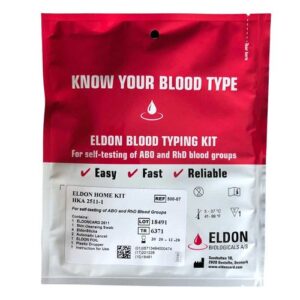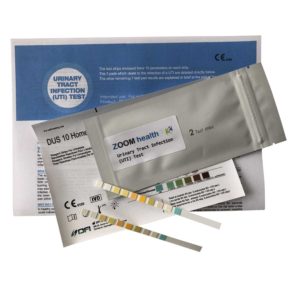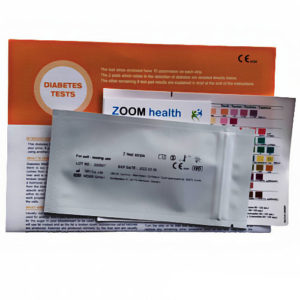What Is pH Balance? And Why Is It Important for Good Health?
The term “pH” actually stands for the “potential of hydrogen.” This is the measure of hydrogen ion concentration in a solution. pH is also an indicator of the alkalinity or acidity of the fluids and tissues in our body.
pH is measure on a scale that runs from 0 to 14. The more a solution is acidic, the lower its pH value. A higher the pH number indicates a solution that is more alkaline. The alkalinity or acidity of various solutions, including human blood, but also countless others found outside the body (such as seawater), are measured on the pH scale.
So, in an ideal world, where should your body’s pH level be sitting? If your body had a pH of 7, this would be seen as neutral, meaning that the body is split equally between alkaline and acid. The pH of blood in the body, and around the majority of tissues in the body, should remain around 7.365. In the stomach, which is a very acidic environment to help the breakdown of food, the pH level is normally about 2. Urine and Saliva are usually on the acidic side, lying 6.4-6.8 in a healthy person.
Alkaline diets (frequently known as alkaline ash diets) can help restore proper pH levels and are often seen as being beneficial in improving many areas of health. These can include:
- Helping to prevent heart disease
- Reducing the chances of calcium building up in urine
- Protecting the kidneys from disease and damage, preventing kidney stones
- Lowering inflammation
- Reduced diabetes risk
- Helping to promote stronger bones/better bone mineral density
- Decreasing muscle wasting or spasms
- Helping to protect against vitamin D deficiency and the related consequences
- Improvement in lower back pain
How To Find Your pH Levels
Testing your pH is easy and surprisingly inexpensive. The only thing you need to do is buy some pH test strips. They are available at health food stores, pharmacies, some education supply stores, or online for about £8. (Of course, we recommend pH Test Strips from Zoom Health as they are great value and very easy to use!) The test can be done in under a minute.
Checking your pH level is valuable because it gives you an indication of your health. The blood of a healthy person has a pH of 7.35 or higher. A lower pH indicates higher acidity and, in terms of blood, indicates poor health. If your blood is acidic, you may experience aches, pains, mood swings, worry, fears, insomnia, lack of energy, and problems with weight. If your pH is too low, you may be seriously ill. Fortunately, you can change this by eating foods that are more alkaline.
Test your body pH levels – Here are seven simple steps to measuring your pH.
Step 1 – Buy Test Strips
The first thing you need to do is obtain pH test strips. They’re usually available at health food stores or pharmacies. You may also be able to find them in the science section of an education supply store. If all else fails, you can find them online. They are usually a yellow paper tape or white plastic strips. These can be used to test the pH of your urine.
Step 2 – Prepare For the Test
Get your test strip ready. Take out one a pH strip from the packet. If you have the paper tape, tear off a 50-75mm piece.
Step 3 – First Test
You are now ready to test your body pH levels. You can test your urine either by holding the strip in the stream for a couple of seconds, or by collecting a small sample and dipping the strip. Compare the colour of the strip with the chart on the box to find your pH.
Step 4 – Write it down
Note the date, time, and result. Keeping a notebook and pencil in the bathroom will make this part easier.
Step 5 – Test your body pH levels every day
You’ll find that each time you test, you’ll get a slightly different number. This is normal. Healthy urine should have a reading close to or above 7.3, and may go up as high as 8 after you eat. Early morning urine is typically the most acidic (lowest reading). For a complete picture, test your urine several times a day for the next two weeks.
Step 6 – Your health
While the pH of your urine will vary somewhat, you’re fine if most tests read close to 7.3. If your pH is frequently lower than this, or goes below 6.5, this indicates that you lack alkaline reserves needed to neutralise acids. This is a result of lacking in certain minerals, particularly sodium, potassium, calcium, and magnesium
Step 7 – Improve your health by alkalising your body
The best way to raise your pH is to consume more alkaline foods and less acidic foods. Enjoy raw, leafy green vegetables and limit your intake of animal products, sugars, and grains. Choose avocado, beetroot, vegetable soup, fresh almond milk, coconut water, green vegetable juices, seaweed, green powder, and super foods.
This post has been updated since its original publication in 2015.
Photo by Anna Pelzer on Unsplash












